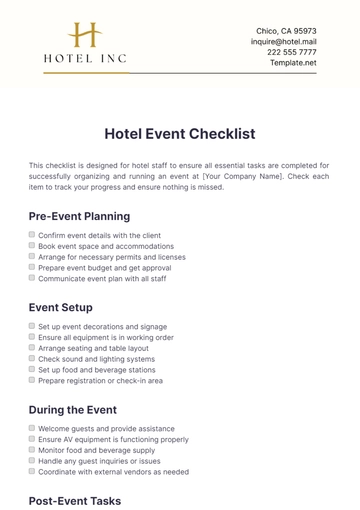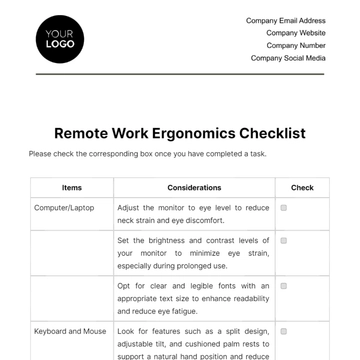Free Basic Format Foot Assessment Checklist
Introducing the professionally crafted Basic Foot Assessment Checklist Template, exclusively from Template.net. This versatile, editable, and fully customizable template is designed to streamline your foot assessment process. Crafted with precision, it's easily editable in our AI Editor Tool, ensuring efficiency and accuracy. Elevate your assessments with this essential tool today!






























